The Bronze Age Handling Box contains a replica of a decorated bronze axehead from Brockagh, Co. Kildare. Scroll down to find out more about metalworking in Bronze Age Ireland.
The Development of Metalworking During the Bronze Age
The Bronze Age takes its name from the development of metalworking techniques. Bronze, an alloy of tin and copper, became a popular choice of material for metalworkers during this period. Stone implements such as axes and knives still continued in use. Their replacement by metal tools was probably a long and gradual process.
Moulding and Casting
Bronze Age metal tools were formed using moulds to shape the molten metal into the desired form. The technology for moulding bronze improved through the Bronze Age. Initially, items were cast by pouring the bronze into hollowed out stone moulds. By the Middle Bronze Age, people had invented two part moulds, where two hollowed stones were put together and metal poured into a gap at the top. This allowed for sophisticated objects like axes and spearheads to be produced. By the end of the Bronze Age, metalsmiths were making wax or fat models of what they wanted to cast, putting clay around them and then heating the clay to melt the wax. The melted metal was then poured in and once set, the clay was chipped away. Examples of such moulds are on display in the ‘Prehistoric Ireland’ exhibition at the Museum.
Exhibition links at the Museum of Archaeology
The original axehead, found in Brockagh, Co. Kildare, is on display in the ‘Prehistoric Ireland’ exhibition which traces the story of Ireland’s first inhabitants through the Mesolithic, Neolithic and Bronze Age.
Bronze Age Handling Box – Bronze Axehead
Enquiry Question
What do we know about the likely uses of this Bronze Age object?
The Bronze Axehead in the Handling Box
The Bronze Age Handling Box contains an exact handcrafted replica of a decorated bronze axehead and its leather sheath found at Brockagh, Co. Kildare.
About the Original Axehead at the Museum of Archaeology
The original artefact is one of the finest examples of a decorated Early Bronze Age axehead. It was discovered buried twelve feet deep in a bog. The axehead was found in a leather sheath, which had a long leather thong attached to it. It is a unique find because it is the only axehead found in Ireland accompanied by its sheath.
The sheath is a tapering container made from a single piece of cowhide, with the hairy side on the inside. It is stitched up the front with a leather thong. It was manufactured at a later date than the axehead, suggesting it may have been created to protect the object.
The original axehead itself is well preserved. It is flat, with slight hammered-up-side-flanges. The cutting edge of the axehead splays widely. The axehead may have been attached to a wooden handle or haft but there is no evidence of this.
The axehead is beautifully decorated. Decoration on the each face of the axe consists of vertical rows of herringbone design, which was likely to have been scored. Hammered decoration in the form of diagonal grooves appears on the side of the axehead. This decoration may be indicative of the axehead representing a status symbol rather that a functional tool.
Due to a prevalence of archaeological finds in wetland areas, it is probable that prehistoric people held a special significance for such places. Beautifully crafted Bronze Age objects, individually or in hoards, have been discovered in bogs. It has been suggested that these are ritual offerings to prehistoric gods. Such objects may have been placed in the bogs at times of social, economic and political upheaval.
Teaching About the Bronze Age Using the Bronze Axehead
There are Key Concepts, Key Questions and Learning Outcomes for a range of activities related to the Bronze Axehead. These resources and activities can be downloaded for use in the classroom.
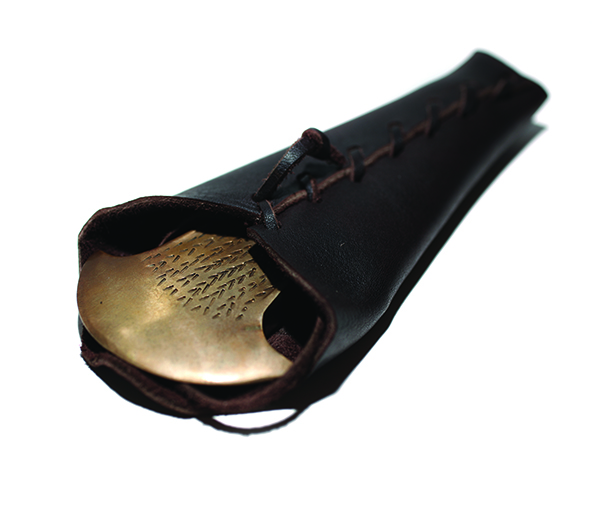
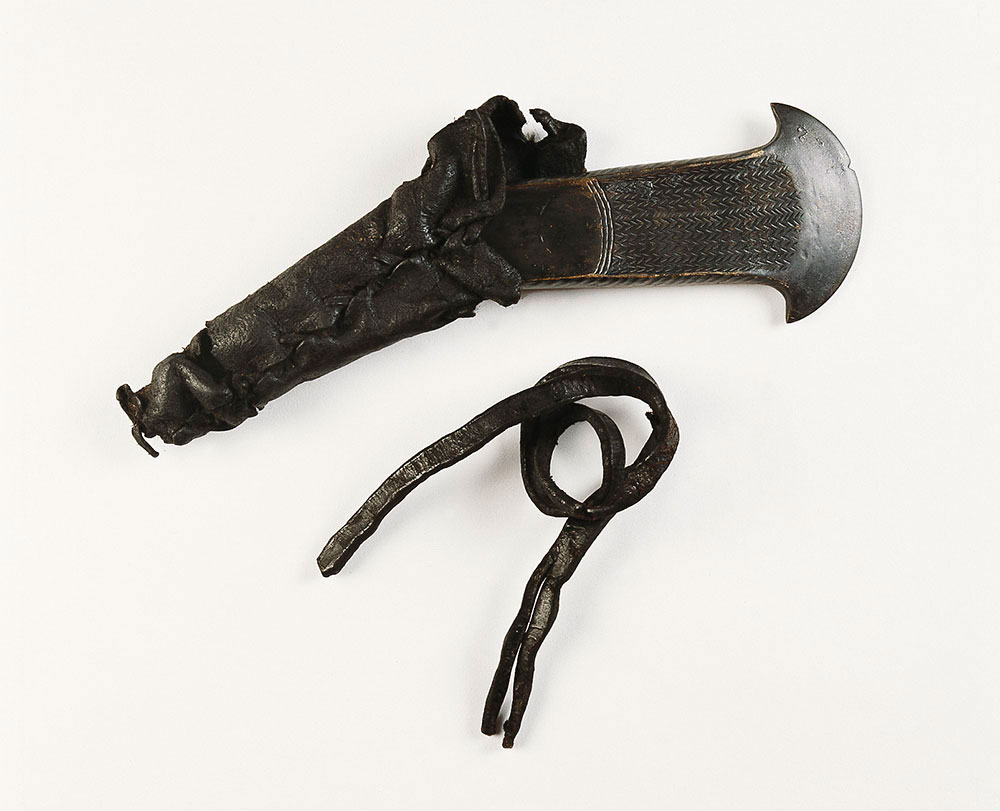
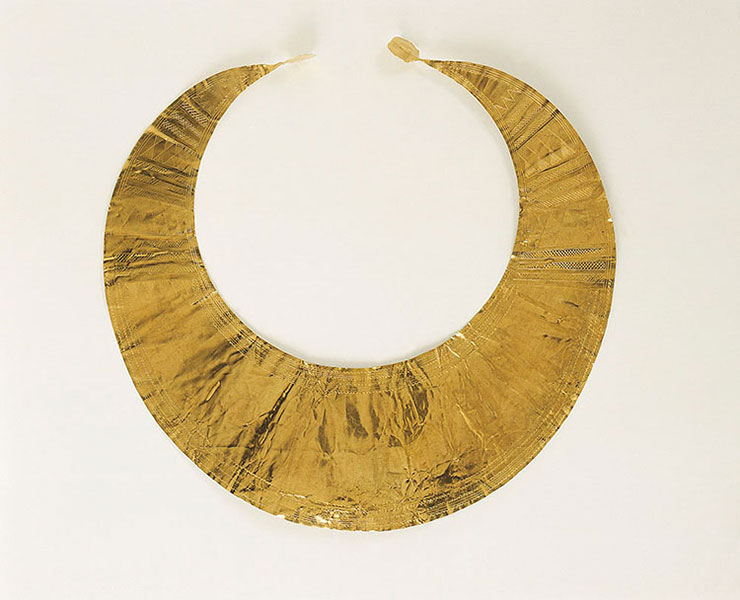
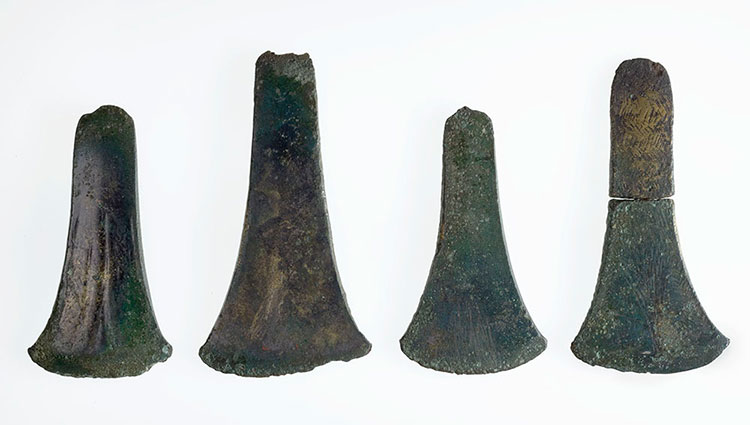
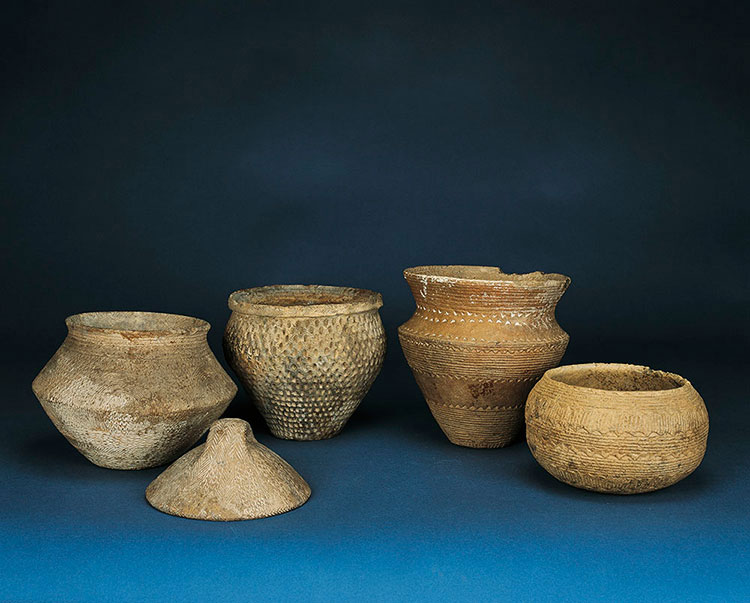
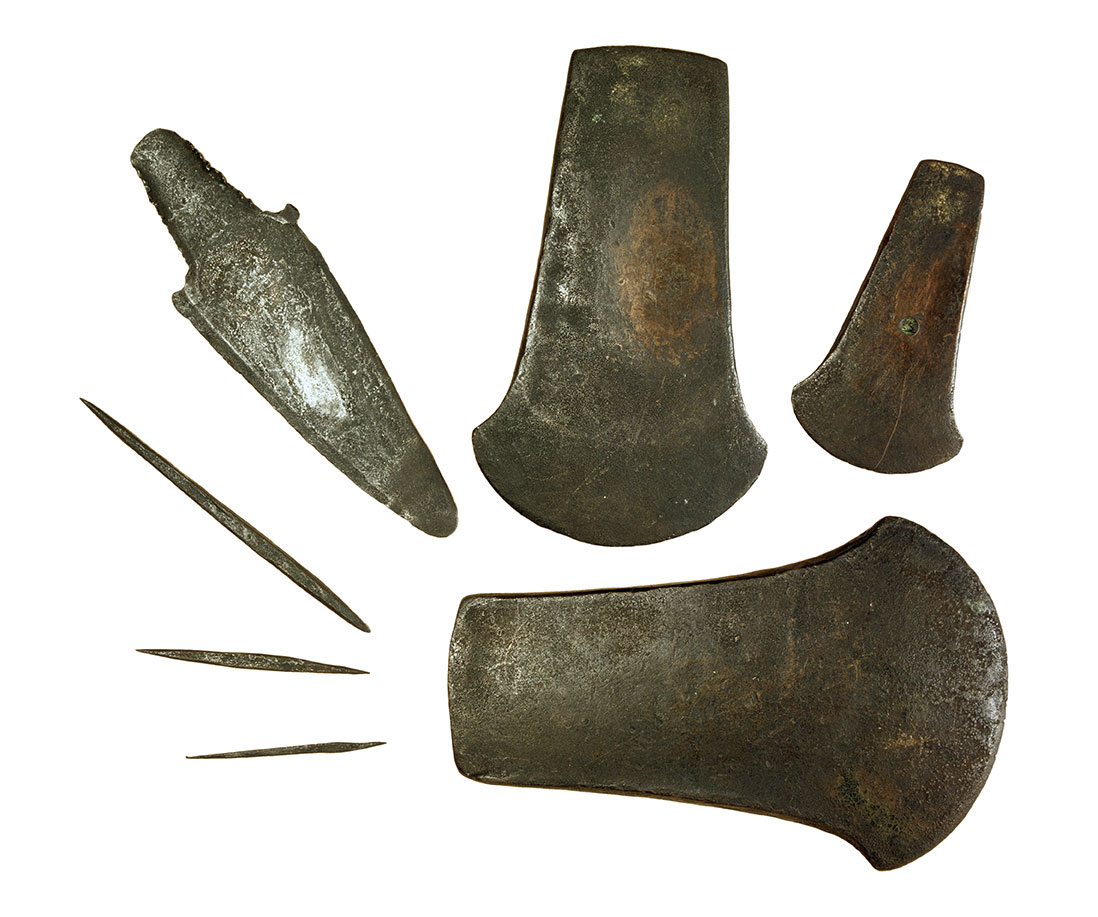
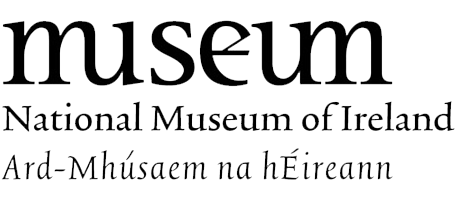 The National Museum of Ireland
The National Museum of Ireland Association of Teachers' / Education Centres in Ireland
Association of Teachers' / Education Centres in Ireland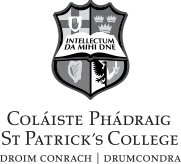 St Patrick's College, Drumcondra
St Patrick's College, Drumcondra Professional Development Service for Teachers
Professional Development Service for Teachers